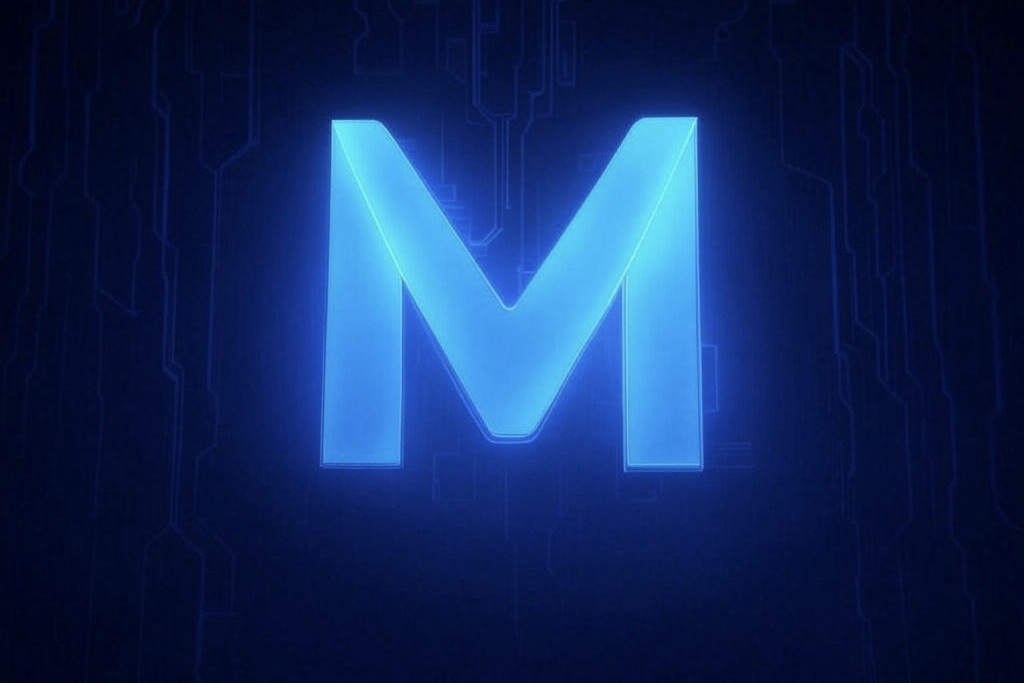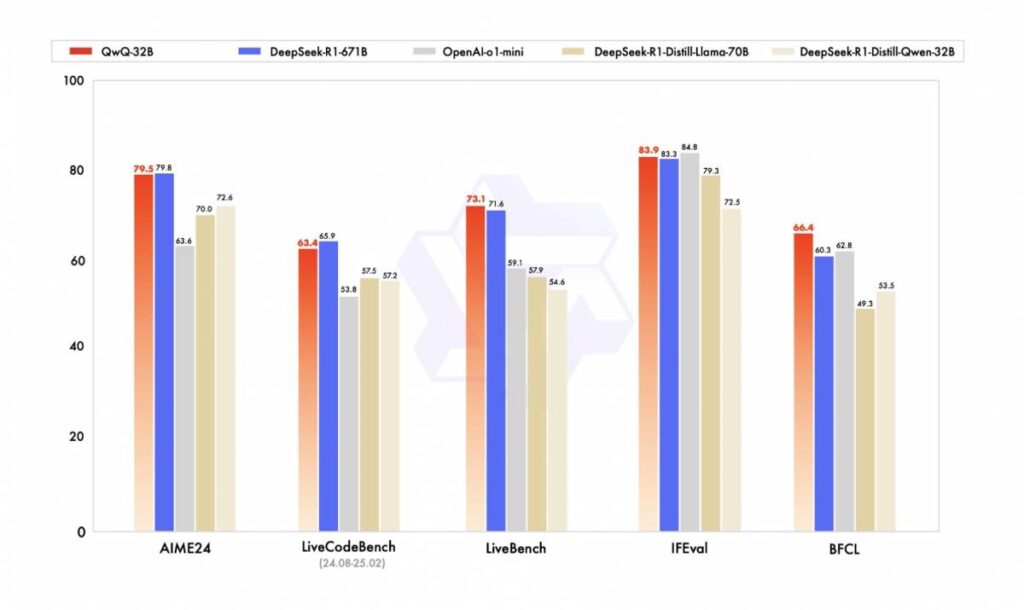Dr. Peter Attia, longevity expert and Outlive author, chats with Shawn Ryan about living long and strong. A former boxer turned MD, he’s all about Medicine 3.0—preventing the “four horsemen” (heart disease, cancer, dementia, metabolic issues) before they strike. Key takeaways? Eat smart (calories and protein matter most), exercise daily (aim for top 25% muscle and cardio fitness), sleep 7.5–8 hours (no screens before bed), and cut plastic use (think glass containers). He debunks sugar-cancer myths, loves hunting for quality meat, and swears by exercise to fend off dementia. Bonus: his perfect day starts with coffee, chess with the kids, and a solid workout. Simple, actionable, and badass—start today!
Imagine this: you’re sipping coffee with a guy who’s hunted wild game in Hawaii, swum between Hawaiian islands, and boxed his way through his teenage years—all while becoming a world-class doctor obsessed with helping you live longer and better. That’s Dr. Peter Attia, the longevity guru who dropped by the Shawn Ryan Show on March 10, 2025, to dish out a masterclass on health, science, and why you might want to ditch that plastic water bottle. Buckle up—this is going to be a fun, easy, and seriously useful ride through the wild world of Medicine 3.0!
Meet the Man Who Does Nothing in Moderation (Except Moderation)
Peter Attia isn’t your average MD. He’s a Canadian-American physician who trained at Stanford, cut his surgical teeth at Johns Hopkins, and geeked out on cancer research at the National Cancer Institute. Now, he’s the brain behind Early Medical, a practice laser-focused on stretching your lifespan and your healthspan—because who wants to live to 100 if they’re too creaky to enjoy it? He’s also the host of The Drive podcast and the guy who wrote the #1 New York Times bestseller Outlive: The Science and Art of Longevity. Oh, and Time magazine named him one of 2024’s most influential health icons. No biggie.
In this epic 2-hour-47-minute chat with Shawn Ryan, Attia doesn’t just drop knowledge—he hurls it at you like a dodgeball in gym class. From hunting axis deer to dodging microplastics, he covers it all with a mix of nerdy precision and real-world swagger. Ready to steal some of his secrets? Let’s dive in.
Hunting, Boxing, and a Teacher Who Changed Everything
Attia’s story kicks off in Toronto, where he grew up as the son of Egyptian immigrants. As a kid, he was all about hockey (because Canada), but then boxing stole his heart. By 14, he was training six hours a day, dreaming of going pro. “It saved my life,” he says, crediting the sport with keeping him out of trouble—like the kind that landed some of his high school buddies in jail or worse. (One kid even died playing chicken with a subway train. Yikes.)
School? Not his jam—until a math teacher named Woody Sparrow saw something special in him. “You’ve got potential,” Woody told him, planting a seed that turned a scrappy boxer into a future engineer and doctor. Attia ditched the ring, hit the books, and eventually swapped punches for scalpels. Talk about a plot twist!
Medicine 3.0: The Future of Feeling Awesome
Attia’s big idea is something he calls Medicine 3.0. Forget patching you up after you’re already a mess (that’s Medicine 2.0). This is about preventing the mess in the first place. He’s targeting the “four horsemen” of death: cardiovascular disease, cancer, neurodegenerative diseases (like dementia), and metabolic disorders (think diabetes). His mission? Keep you kicking butt well into your golden years.
So, how do you do it? Attia’s got a playbook that’s equal parts science and common sense—plus a few surprises. Let’s break it down into bite-sized, actionable goodies you can start using today.
1. Eat Smart (No, You Don’t Need to Hunt Your Own Elk)
Attia’s a hunter—think elk steaks and axis deer sausage—but you don’t need a bow and arrow to eat well. His take? Focus on the big wins: don’t overeat, get enough protein, and prioritize quality. “You can’t be healthier than the animal you eat,” he quips, which is why he’s all about wild game and grass-fed beef from his buddy’s sustainable farm.
Your Move:
- Calories matter most. Overeating—whether it’s kale or Big Macs—leads to fat in all the wrong places (liver, heart, pancreas). Keep it in check.
- Protein is king. Aim for enough to keep your muscles strong—because nobody in a nursing home ever wished they had less muscle.
- Upgrade your sources. Can’t hunt? Go for grass-fed meat or organic options at the store. Bonus points if you buddy up with a local farmer for half a cow.
Oh, and that farm-to-table hype? It’s cool, but not a dealbreaker. Focus on the basics first.
2. Exercise: The Magic Pill You’re Not Taking Enough Of
If Attia could bottle one thing to sell you, it’d be exercise. “It’s the most potent tool for reducing dementia risk,” he says, and it’s a superhero for your heart, metabolism, and mood too. He’s clocking about 8 hours a week—cycling, lifting, and soon, swimming again—because it’s his mental health reset button.
Your Move:
- Set a goal, not a schedule. Want to be in the top 25% for muscle mass and aerobic fitness? A DEXA scan or VO2 Max test can tell you where you stand.
- Start small, stay consistent. Got 3 hours a week? Great—maintain what you’ve got. Got 6? You’ll see progress. Got 12? You’re a rockstar.
- Mix it up. Lift weights for strength, pedal or jog for stamina, and maybe try swimming for that Zen vibe.
3. Sleep Like a Champ (No Phone Required)
Sleep’s a non-negotiable for Attia. “If you’re sleep-deprived, your cravings go nuts, cortisol spikes, and everything sucks more,” he warns. His ideal? 8–8.5 hours in bed to snag 7.5–8 hours of shut-eye.
Your Move:
- Take the PSQI quiz. Google it—it’s a quick way to see if your sleep’s secretly sabotaging you.
- Nail the basics. Dark room, cool temp, no screens 1–2 hours before bed, no booze or big meals late. You know this stuff—now do it.
- Track it. A wearable can clue you in on how deep you’re really sleeping.
Still struggling? A sleep study might uncover apnea or other gremlins.
4. Dodge the Cancer Bullet (and Maybe the Plastic One Too)
Cancer scares the bejeezus out of everyone—including Attia. “In the next decade, it’s cancer or an accident that’d take me out,” he admits. Smoking, obesity, and diabetes are the big baddies driving it, but what about microplastics and sugar?
- Microplastics: The evidence is “modest,” he says, but why risk it? He’s swapped plastic containers for glass, ditched his drip coffee maker for a metal-and-glass one, and even rocks steel water bottles on his bike.
- Sugar: “Cancer doesn’t uniquely feed off it,” he clarifies, debunking the myth. But overeating sugar can lead to obesity, and that’s a cancer trigger.
Your Move:
- Cut the plastic. Store food in glass, skip heating anything in plastic, and maybe splurge on a reverse osmosis water filter.
- Chill on sugar paranoia. It’s not the devil—just don’t let it make you overeat.
- Screen smart. Talk to your doc about colonoscopies (start at 40–45) or liquid biopsies, but weigh the false-positive stress first.
5. Keep Your Brain Sharp (and Your Heart Open)
Dementia’s another boogeyman Attia’s tackling head-on. Exercise is your best weapon (those myokines are brain food!), but sleep, low blood pressure, and kicking smoking help too. Psychedelics? He’s skeptical about dementia benefits but raves about their power for addiction and emotional healing—like the time psilocybin gave him a tear-soaked epiphany about his dad.
Your Move:
- Move daily. Even a brisk walk pumps those brain-boosting hormones.
- Sleep tight. See tip #3—it’s a twofer.
- Feel your feels. Ask yourself, “Why am I mad? Who do I connect with?” Naming emotions keeps you sane.
The Attia Daily: Coffee, Chess, and Chaos Control
So, what’s a day in the life of this longevity ninja? Up early for coffee with his wife, breakfast and chess with the kids, then work and a workout by 8:30. Meetings start at 10 or 11, dinner’s a family affair, and he wraps up with some Netflix or a sauna. Boring? Nope—balanced and badass.
Your Move:
- Steal one thing. Maybe it’s 15 quiet minutes with your partner or a quick game with your kids. Small wins stack up.
The Bottom Line: You’ve Got This
Attia’s not here to scare you into a kale-only diet or a 24/7 gym life. He’s about probability—stacking the odds so you thrive, not just survive. Eat decently, move often, sleep well, and maybe rethink that plastic cup. It’s not rocket science—it’s Medicine 3.0, and it’s your ticket to a longer, stronger, happier you.
Want more? Catch the full Shawn Ryan Show episode (SRS 181) or hit up Attia’s podcast, The Drive. Your future self will thank you—probably while eating an elk burger.



